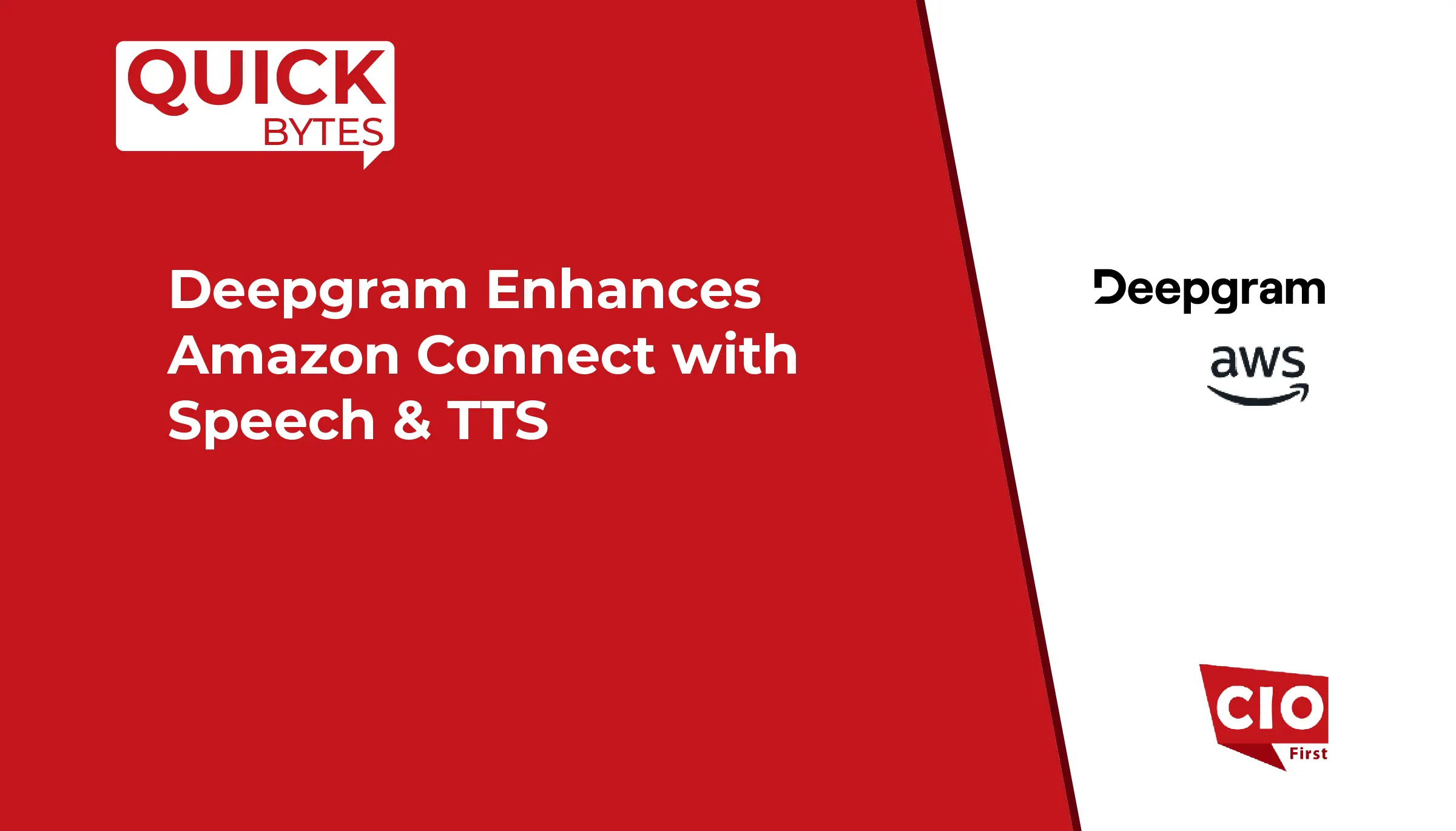Red Hat, Inc., the world’s leading provider of open source solutions, announced new capabilities and enhancements for Red Hat Developer Hub, Red Hat’s enterprise-grade internal developer portal based on the Backstage project. The new features, delivered with the general availability of Red Hat Developer Hub 1.5, are designed to accelerate adoption across organizations and deliver a more customized experience to further increase developer productivity and efficiency.
Organizations are placing increased importance around delivering better customer experiences through intelligent applications, including AI-enabled applications and edge applications – however, these applications can be complex and time consuming to develop. As organizations prepare their infrastructure and tools for an AI-focused future, internal developer portals help cut through the complexity associated with intelligent applications and maximize needed developer skills to increase productivity. The latest enhancements to Red Hat Developer Hub are intended to further deliver on that promise by optimizing the developer experience and helping accelerate time-to-market.
Detailed data and analytics
Widespread adoption of an internal developer portal is one of the quickest ways to streamline application development and improve developer productivity across an organization. That said, portal usage information has not always been easily accessible to actually determine who and how a portal is being used. With Adoption Insights, available as a developer preview, platform engineers are provided with an analytical dashboard detailing how development teams are using Red Hat Developer Hub within their organization. These insights allow teams to not only focus on areas of success, but also better understand where improvements can be made – helping to drive adoption and strengthen engagement.
Also Read: HighByte Announces Support for Amazon S3 Tables
The dashboard provides a detailed look at templates and plugins that are being regularly used, metrics around visits and usage and much more, enabling organizations to make data-driven decisions to enhance the user experience and ultimately improve overall developer productivity.
Streamlined customization through dynamic plugins
No two organizations approach application development in the same manner and as such, they need access to tailored and curated tools and components that best meets the unique needs of their platform engineers. With the Red Hat Developer Hub Extensions Catalog, available as a developer preview, users have access to a catalog view of community and verified plugins from Red Hat.
The extensions catalog provides information on over 60 dynamic plugins all viewable through a streamlined interface for a simplified user experience. With access to plugins, organizations have greater control and flexibility to customize Red Hat Developer Hub to meet their specific needs. Additionally, with the dynamic plugin framework in Red Hat Developer Hub, teams can manage any plugin—including custom ones—at runtime, without needing to rebuild and redeploy the portal. This makes it significantly faster and easier to onboard new tools and capabilities for developers.
Accelerated portal changes with local development tool
Red Hat Developer Hub now offers a locally runnable version with RHDH Local. Available as a developer preview, RHDH Local enables platform engineers to run a lightweight, self-contained version of Red Hat Developer Hub on their local machines, enabling users to more quickly and easily make changes to their portal with faster cycle time.
With RHDH Local, users can work on templates, try out plugins, validate software catalogs and more, without having to install Red Hat Developer Hub on a Kubernetes cluster. Additionally, because it runs in a containerized environment, users can spin up RHDH Local in seconds and tear it down just as quickly. By enabling users to iterate more quickly and troubleshoot locally before deploying changes to a production system, RHDH Local helps increase day-to-day efficiency and simplify the user experience.
Source: BusinessWire
























